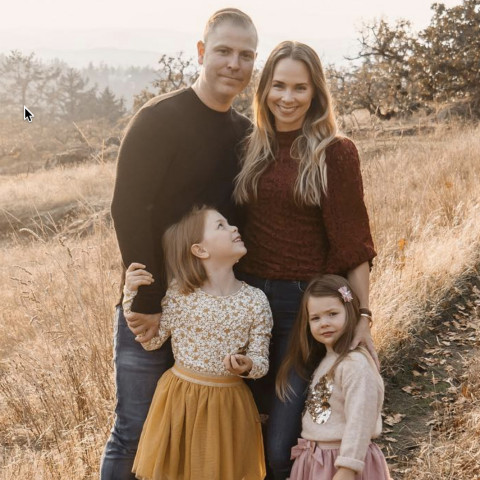
A group of keywords, also referred to as an ad group, carries a very high level of importance when creating a successful PPC campaign.
Reason being, the more closely your keywords are related within a keyword, the easier it is to write a super relevant ad, and the easier it is to create a page that is relevant to all the keywords within the group. Google and Yahoo favor well created ad groups, so pay attention here!
Common Keyword Technique
Relevant grouping is also known as the Common Keyword Technique. This is exactly as it sounds, the grouping of common keywords to make up a tightly knit campaign.
When doing your keyword research, you need understand what a common keyword is and what one is not.
Not Common Keywords
- poodle puppy training
- beagle puppy training
- house training poodle
- toys for poodles
Common Keywords
- how to puppy train a poodle
- poodle puppy training
- puppy train poodle
- training poodle puppy
Properly Naming Your Ad Groups
When you set up an ad group, you need to name it with a name that will clearly identify it for you further down the road. Imagine when you have 100 ad groups in your campaign, naming them "Ad group 1, Ad group 2"...this will confuse the heck out of you. Instead name them so they are relevant to the keyword within them (ex. poodle puppy training).
Your ad group should contain between 1-10 keywords. The reason for this is that having an ad group with 10 or fewer keywords will allow you to create more targeted ads. More relevant ads, mean higher click-through ratio (CTR). CTR is the ratio between the amount of times your ad is displayed (impressions) and the amount of times it is clicked (clicks). The higher your CTR, the better your ad is performing and the less you will pay per click & better your ad positioning will be.
So how do you find keywords to put in your ad group? You group keywords together according to "common" words. As demonstrated above in the Common Keyword Technique.










